CPCL 02-6848 (Sandhu et al. 2014) and CPCL 05-1201 (Edmé et al. 2016). Cultivars were released commercially in 2012 and were quickly adopted by local sugarcane growers because of high yields and moderate to high resistance against major sugarcane diseases in Florida. Based on the total acreage during the 2023–2024 cane planting season, CPCL 05-1201 was ranked among the "Principal varieties" with more than 1% of total acreage (388,642 acres) in Florida, while CPCL 02-6848 was dropped out of the list due to orange rust problem and currently being cultivated only for experimental purpose (VanWeelden et al. 2024). CPCL 05-1201 is ranked first with 33% of total sugarcane acreage in Florida.
CPCL 02-6848 and CPCL 05-1201 were developed through the cooperative agreement between the United States Department of Agriculture (USDA) in Canal Point, the UF/IFAS Everglades Research and Education Center in Belle Glade, and the Florida Sugar Cane League. Crosses for both cultivars were made at the US Sugar Corporation in Clewiston (CL) and later evaluated at different stages through the cooperative breeding and selection program based at Canal Point (CP), as indicated by the prefix 'CPCL' in their names. This fact sheet provides basic information (Table 1) and yield and disease information (Table 2) for CPCL 02-6848 and CPCL 05-1201 to assist growers in management of these cultivars. The yields of both cultivars are compared with those of the reference cultivars (CP 89-2143 for muck and CP 78-1628 for sand) planted in the same field trials.
CPCL 02-6848
CPCL 02-6848 was released for both muck (organic) and sand (mineral) soils in Florida. It is currently grown on 12 acres on muck soil for experimental purpose. It was ranked 13th with >1% of total sugarcane acreage in Florida in 2020–2021, but dropped in acreage due to orange rust susceptibility. CPCL 02-6848 carries the Bru1 gene that provides resistance to brown rust. It is also resistant to smut and moderately resistant to leaf scald, Sugarcane Mosaic Virus (SCMV), and ratoon stunting disease (RSD). Maintenance of high cane yields in ratoon crops (first and second ratoon) in CPCL 02-6848 is important, especially on sandy soils where ratooning is a major concern due to low soil fertility. CPCL 02-6848 is susceptible to orange rust and requires fungicide applications to avoid yield loss which is the primary reason of decline in its acreage in the last few years. CPCL 02-6848 can be a good cultivar for the regions with low or no orange rust problem.
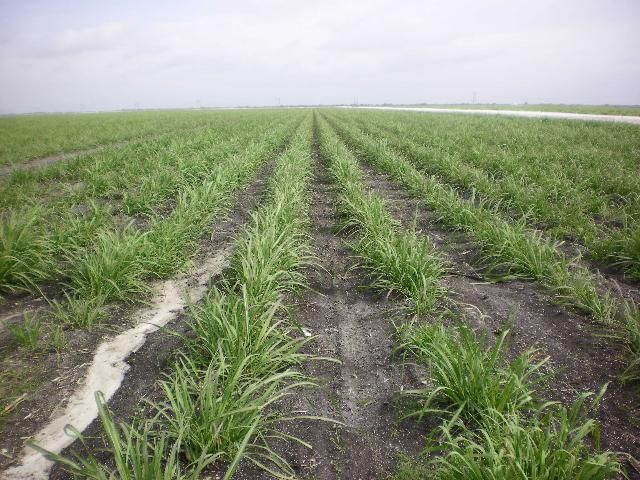
Credit: Wayne Davidson, Florida Sugar Cane League
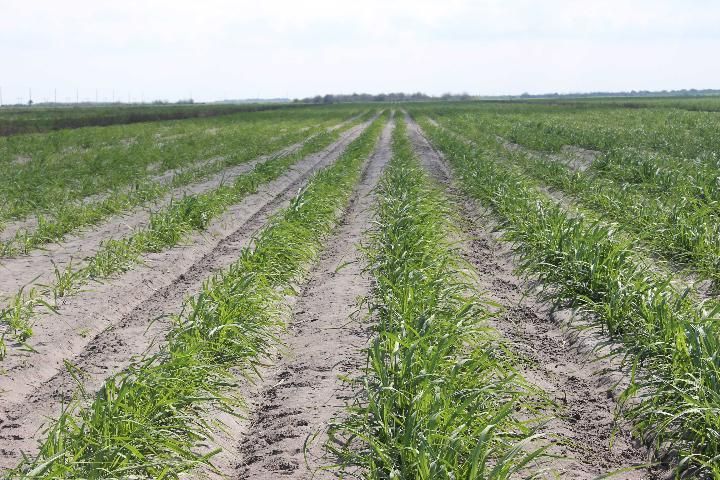
Credit: Wayne Davidson, Florida Sugar Cane League
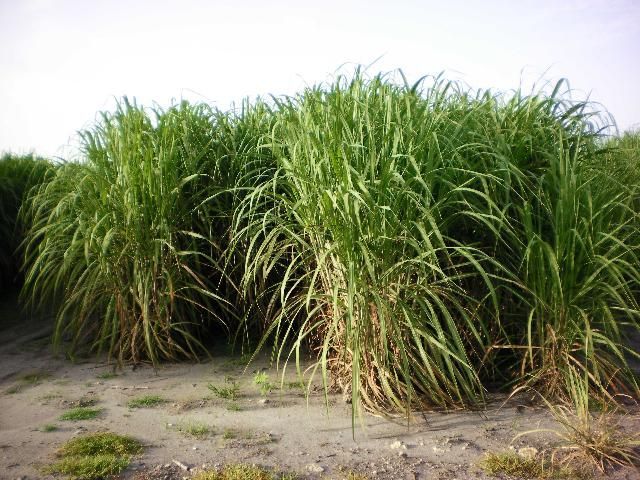
Credit: Wayne Davidson, Florida Sugar Cane League

Credit: Wayne Davidson, Florida Sugar Cane League

Credit: Wayne Davidson, Florida Sugar Cane League
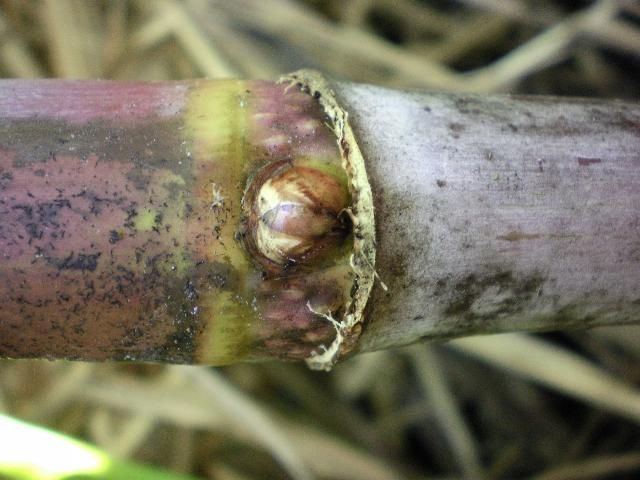
Credit: Wayne Davidson, Florida Sugar Cane League
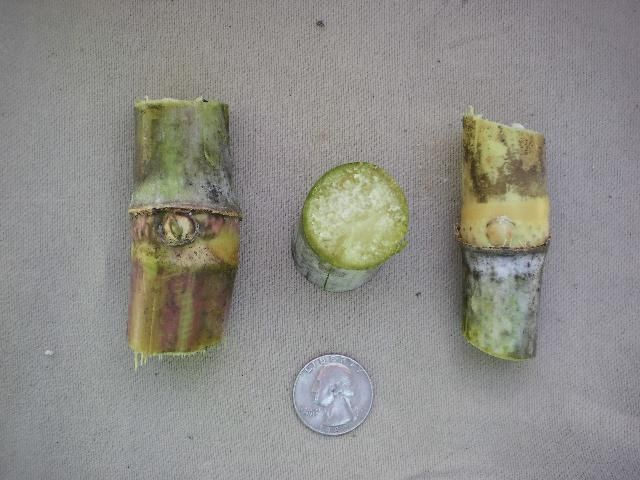
Credit: Wayne Davidson, Florida Sugar Cane League
CPCL 05-1201
CPCL 05-1201 was also released for both muck and sand soil. According to the latest sugarcane variety census, CPCL 05-1201 is cultivated on 97,317 acres on muck soil (35% of total acreage on muck) and 30,905 acres on sand soil (28% of total acreage on sand) (VanWeelden et al. 2024). It is ranked first in total sugarcane acreage in Florida. Key features of this cultivar include high tonnage and moderate to complete resistance to most sugarcane diseases in Florida. CPCL 05-1201 yields were also high under successive planting on muck soil. Sucrose concentration is acceptable. High biomass production compensates for the sucrose concentration. CPCL 05-1201 carries the Bru1 gene that provides resistance against brown rust. This cultivar is also moderately resistant to orange rust.
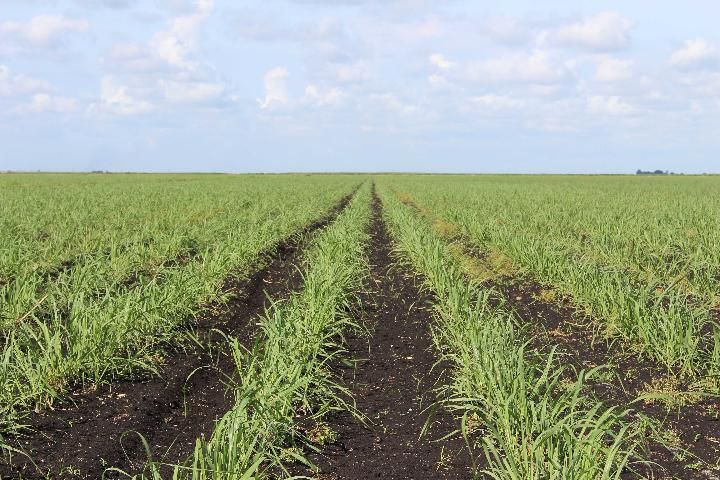
Credit: Wayne Davidson, Florida Sugar Cane League
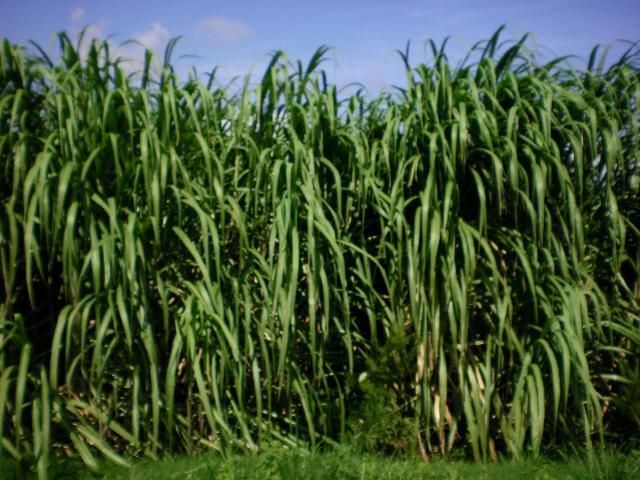
Credit: Wayne Davidson, Florida Sugar Cane League

Credit: Wayne Davidson, Florida Sugar Cane League
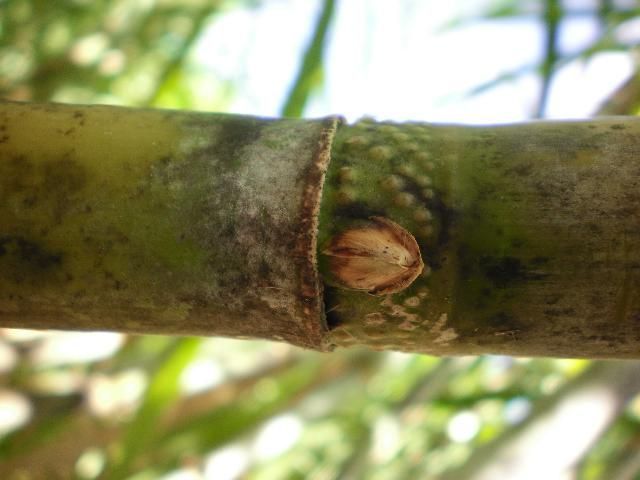
Credit: Wayne Davidson, Florida Sugar Cane League
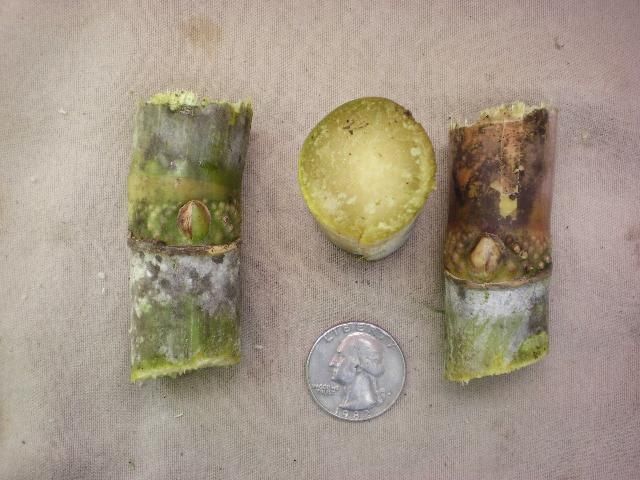
Credit: Wayne Davidson, Florida Sugar Cane League
References
Edmé, S. J., R. W. Davidson, D. Zhao, J. C. Comstock, H. S. Sandhu, B. Glaz, S. Milligan, et al. 2016. "Registration of 'CPCL 05-1201' sugarcane." J. Plant Reg. 10: 14–21.
Sandhu, H. S., B. S. Glaz, S. J. Edmé, R. W. Davidson, D. Zhao, J. C. Comstock, R. A. Gilbert, et al. 2014. "Registration of 'CPCL 02-6848' sugarcane." J. Plant Reg. 8: 155–161.
VanWeelden, M. T., C. Kammerer, W. Davidson, M. Baltazar, and R. W. Rice. 2024. "Sugarcane variety census: Florida 2023." Sugar J. 87: 6–11.
Table 1. Basic information on CPCL 02-6848 and CPCL 05-1201.
Table 2. Yield parameters and disease reactions of CPCL 02-6848 and CPCL 05-1201.